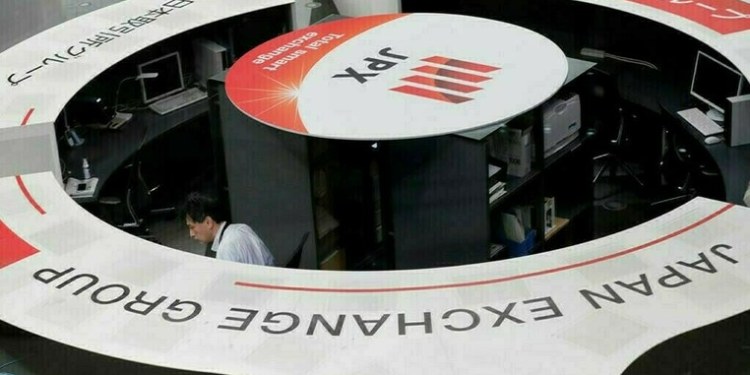By Lucia Mutikani
WASHINGTON (Reuters) – A flood of data this week will paint a mixed picture of the global economy, with belt-tightening continuing to dampen activity in the euro zone, but accommodative policies helping to stimulate growth in Japan.
Reports from the United States are expected to show some slowdown in momentum early in the second quarter, and the Chinese economy’s prospects are unlikely to have changed much.
“We expect global growth to decelerate further in the second quarter, hamstrung, mainly from fiscal austerity in the U.S. and Europe,” said Ruth Stroppiana, chief international economist at Moody’s Analytics in Sydney.
Preliminary data is expected to show euro zone gross domestic product fell 0.1 percent in the first three months of the year from the prior quarter, according to a Reuters survey. In the fourth quarter, it had contracted 0.6 percent.
The anticipated improvement will mostly reflect a return to growth in Germany, which will help offset ongoing weakness in France and Italy. In another hopeful sign for the austerity-hit region, industrial production likely accelerated in March, but the gains remain uneven.
“We have had a mix of weak survey data at the start of the second quarter, but some strengthening in IP should give us a fairly firm base going to the second quarter, plus car sales have been fairly strong,” said Nick Matthews, a senior European economist at Nomura International in London.
While the euro zone is trying to climb out of recession, Japan’s economy is expected to have perked up a bit after a flat performance in the fourth quarter – thanks in part to the government’s radical steps to end two decades of deflation.
Economists at Barclays in Tokyo also attribute the anticipated pick-up to front-loading by consumers and businesses before an increase in the value added tax. The consensus forecast is for a 0.7 percent rise from the prior quarter.
“We still look for real GDP growth to accelerate steadily. Early indicators suggest private consumption remains firm in the second quarter,” said Kyohei Morita, Barclays’ chief Japan economist.
STRAIN FROM BUDGET CUTS
In the United States, the picture is not so bright. While there are signs of labour market resilience despite deep government budget cuts, the rest of the economy is showing some strain.
Retail sales are expected to have declined for a second straight month in April, mainly reflecting weak demand for automobiles. However, the report on Monday is expected to show some underlying strength.
But with wage growth anemic and the pace of saving slowing, the boost from consumers will be limited in scope.
“A resilient consumer is not guaranteed despite record high stock prices and double-digit annual home price gains,” said Scott Anderson, chief economist at Bank of the West, in San Francisco. “Several indicators point to a consumer who is not yet ready for primetime and will likely remain stuck in the late night spot for another season.”
Not much help is expected from the production side of the economy. Industrial production was likely weak in April, with manufacturing output flat.
With the growth outlook sluggish, disinflation is starting to creep in. Economists say the consumer price index likely declined in April for a second straight month and core inflation is expected to have risen only marginally.
That should ensure the Federal Reserve maintains its monetary stimulus, purchasing $85 billion per month in government bonds and mortgage-backed securities despite calls by some policymakers to start tapering the program.
Not much change in fortunes is expected for the Chinese economy after growth stumbled in the first quarter.
While retail sales likely increased last month, inflation probably accounted for the rise.
Similarly, economists caution against reading too much into an anticipated rise in Chinese industrial production in April. They say the gain would mainly reflect two extra working days in April this year than in 2012.
(Reporting by Lucia Mutikani; Editing by Dan Grebler)
Source: Reuters



























